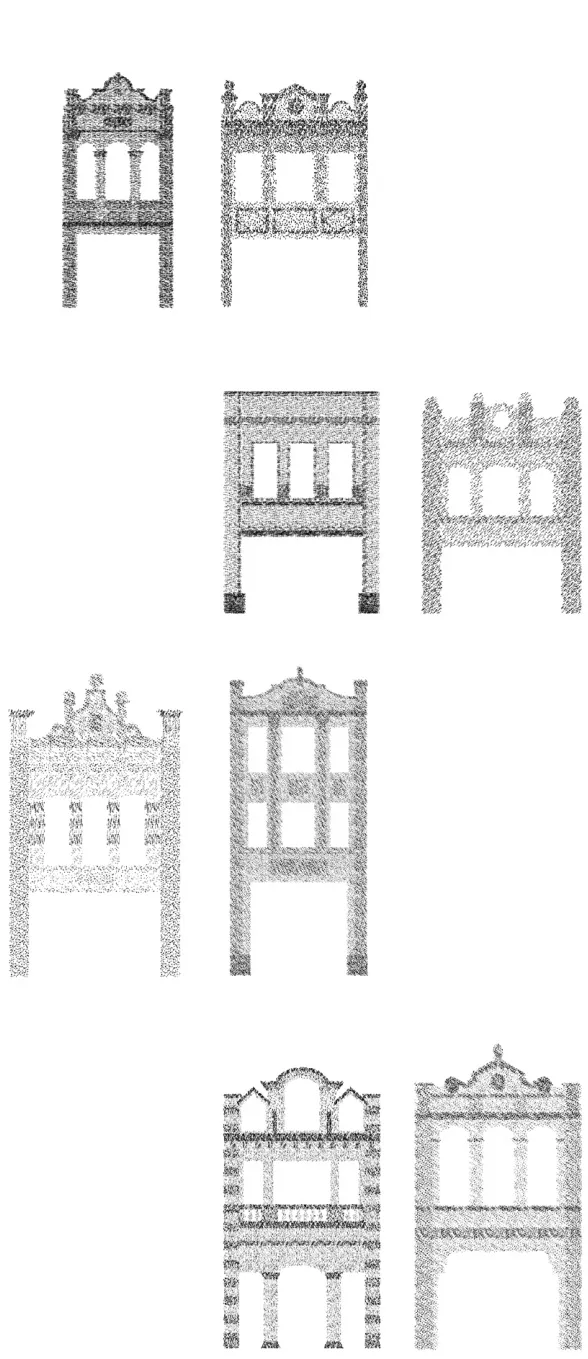The Invisible Unveiled
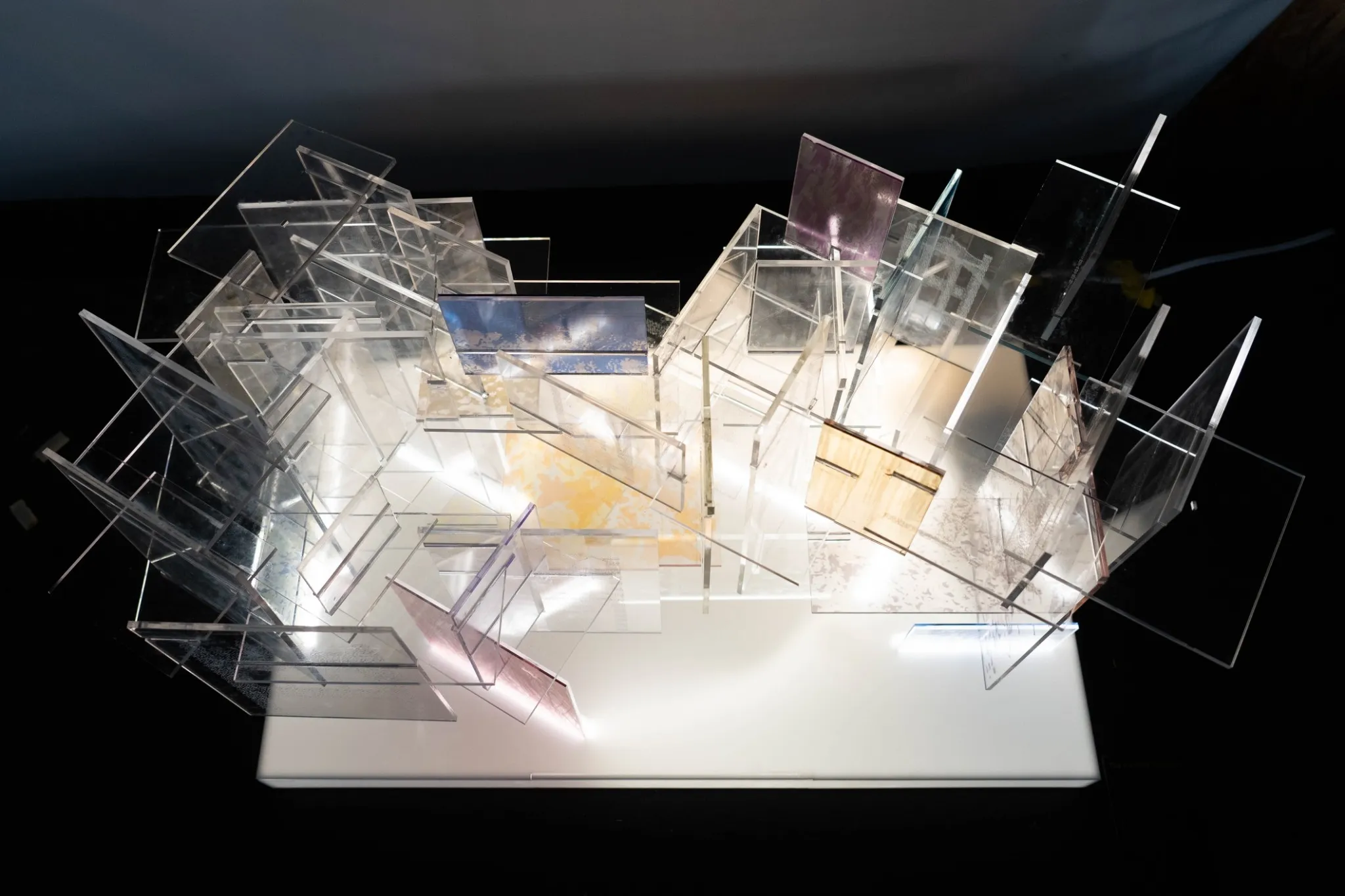
#collectivity & individuality
#externality & internality
#publicity & privacy
#multiple time scales
#maze & labyrinth
Exhitbitor
Ching-Chuan LIN
Exhibition Team
Taipei Tech. ADaT
Team Member
Yu-Hsin LEE,
Hui-Chun CHANG
Taipei Forgery Manual
In the 89th year of the Republic , the Plan for Dadaocheng’s Historical Character was officially announced. From that moment on, Dadaocheng surged forward on a wave of nostalgia and revival, never looking back.
Dadaocheng is, however, a carefully constructed illusion. At first, its replica architecture seemed to faithfully recreate the splendor of a bygone era. Yet, the historical image was soon manipulated, with form overpowering substance. Over time, Dadaocheng devolved into a symbolized landscape, its architectural expressions reduced to mere emblems of the past. Stripped of its original cultural memory and future potential, it has become a quintessential example of simulacrum.
This symbolic transformation extended to policies and markets. Authentic spatial experiences were replaced by a deceptive facade that concealed a deeper emptiness. Ultimately, it became what Baudrillard termed hyperreality—neither a genuine representation of reality nor capable of hiding its fictitious essence. It simply exists, exuding a seductive yet hollow allure.
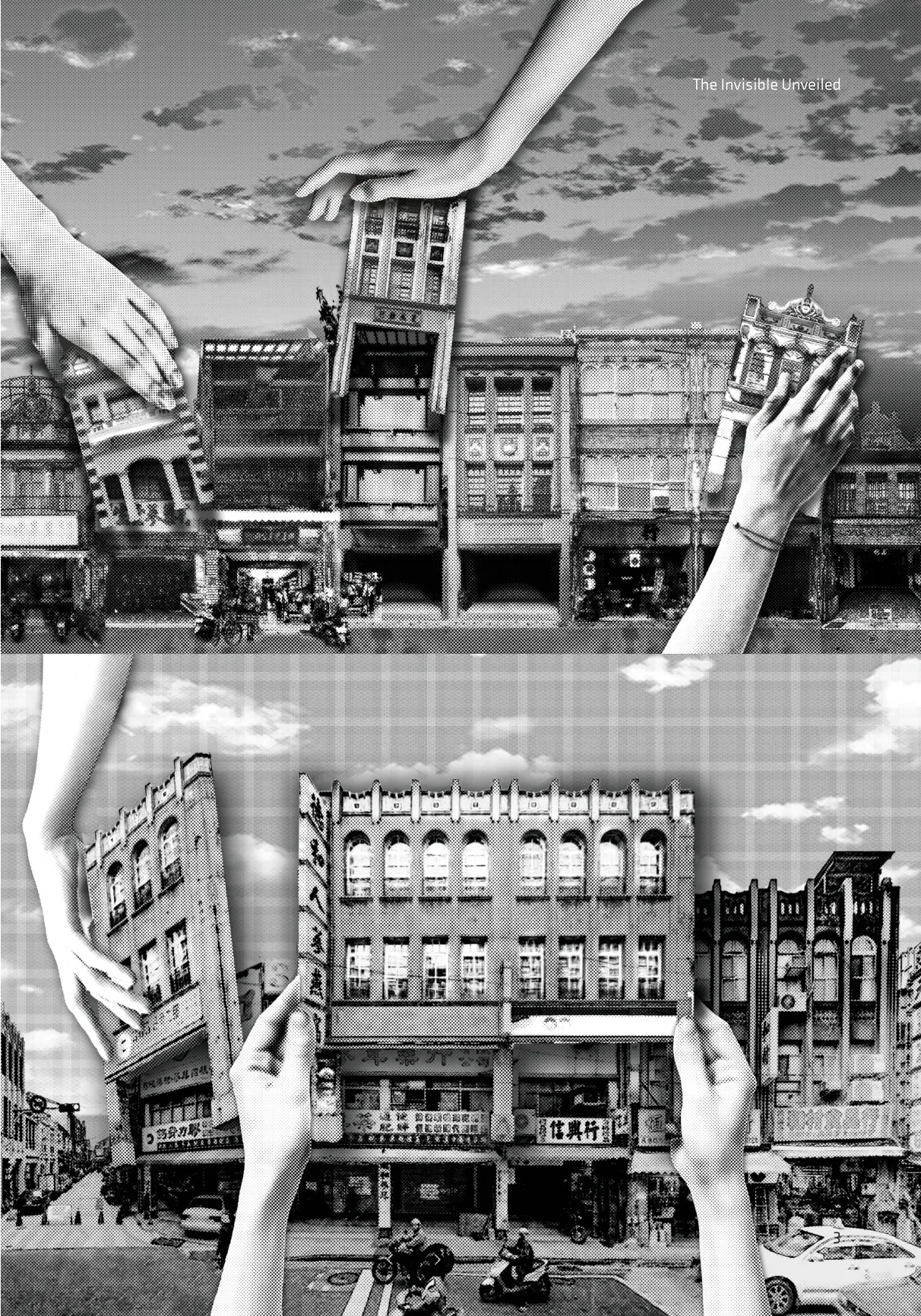
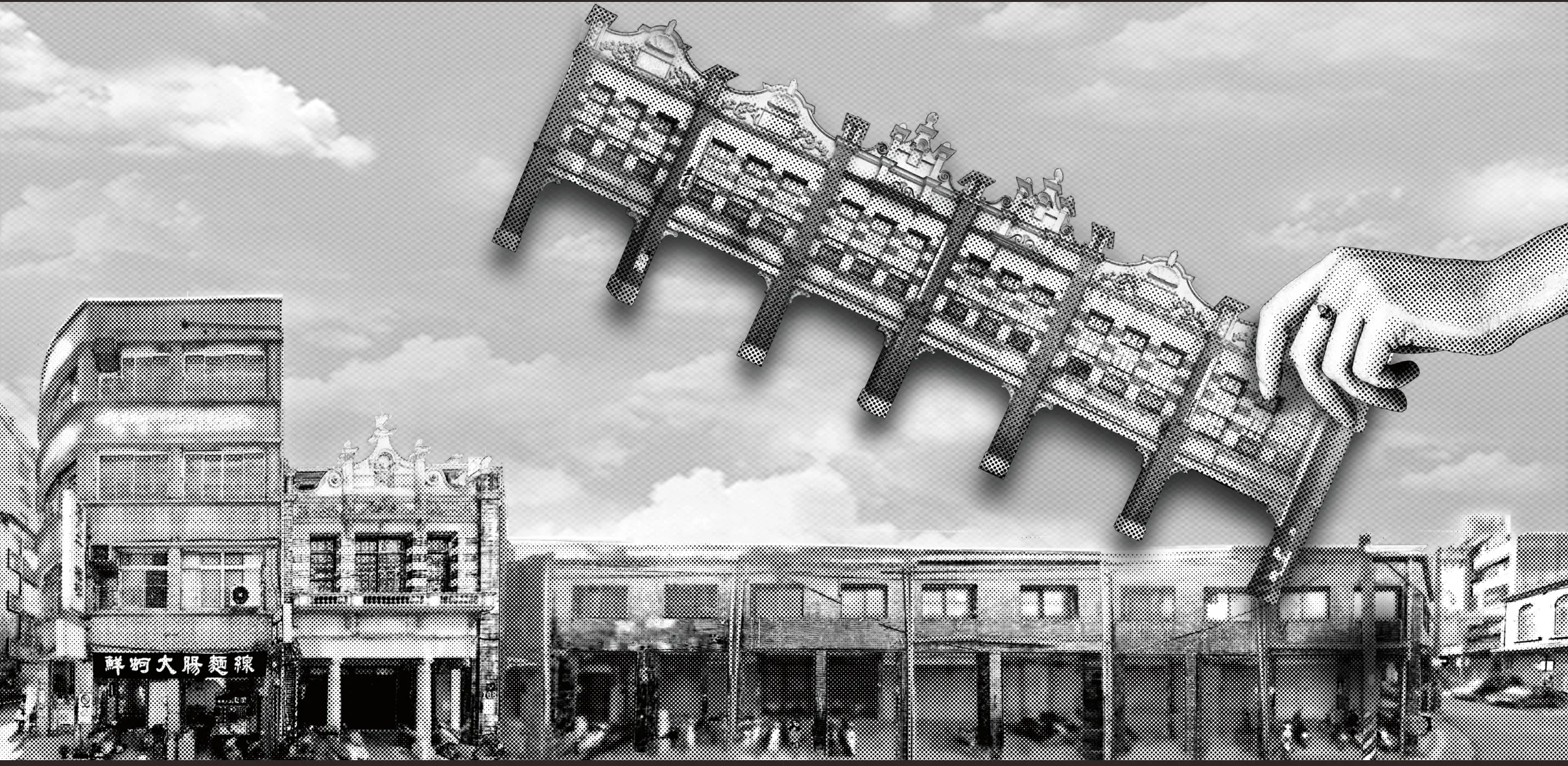
Labyrinth within Labyrinth
With technological advancements, a single step, a one-meter movement, has stretched into infinite distances, compressing long journeys into mere moments. As humanity places its faith in technology, have we ever paused to reflect on the fading sensations and slipping memories?
 In The Invisible Unveiled, the study of Taipei Main Station serves as a foundation to explore the gradually fading sensations within the station. This exploration extends into the conceptualization of a model, offering a new interpretation devoid of faith for the modern world.
In The Invisible Unveiled, the study of Taipei Main Station serves as a foundation to explore the gradually fading sensations within the station. This exploration extends into the conceptualization of a model, offering a new interpretation devoid of faith for the modern world.
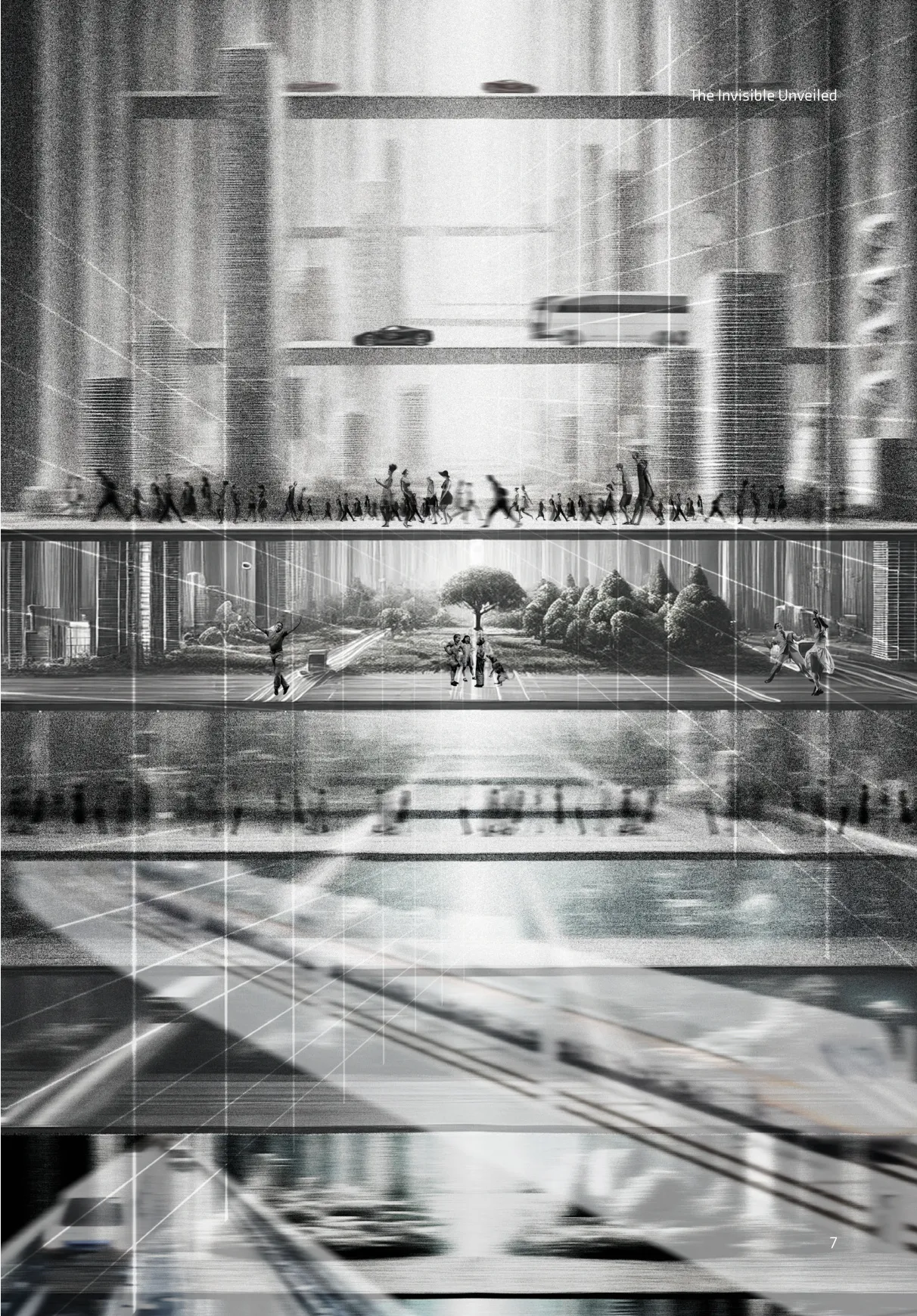
Taipei Main Station
Before people come to a stop, their minds are already directing them to their destinations. For most, Taipei Main Station is not a final destination but a transitional space. However, a transitional space should not merely serve as a mechanical field where people pass by one another. As advancing technology reshapes human interactions, shifting our perception of the world to a dependency on information, I believe architecture must also respond. Thus, I am determined to reimagine the urban labyrinth beneath the city that people have grown so accustomed to.

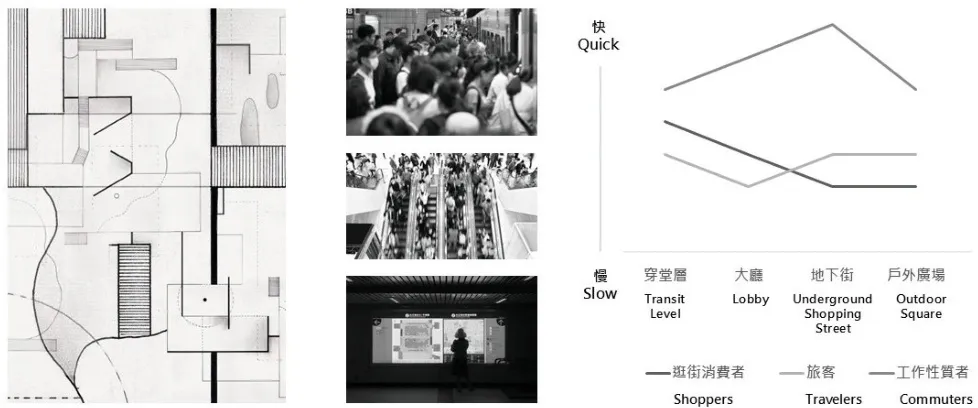
Different senses of time within Taipei Main Station

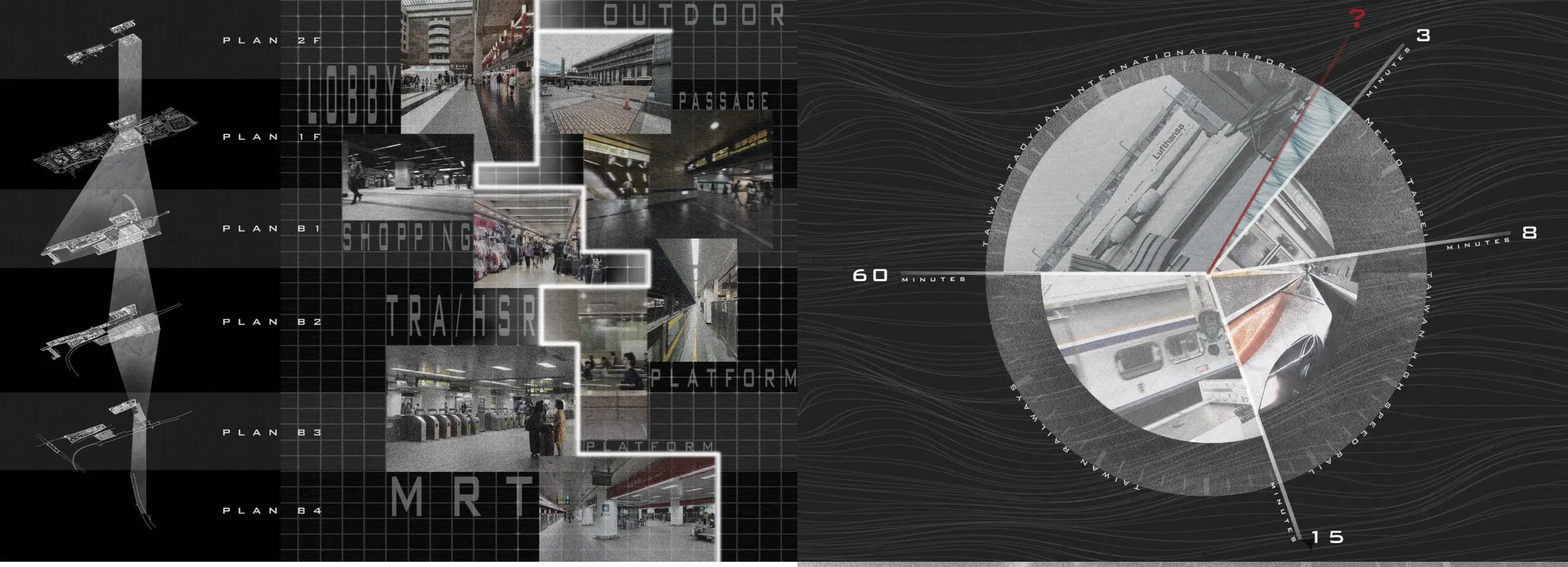
The current state of Taipei Main Station consists of various fragmented systems, including the MRT, high-speed rail, and airport MRT, alongside integrated non-transportation functions that add to its complexity. Its horizontal and vertical movement patterns, with intersecting circulation routes, have often led to its description as a “maze.”
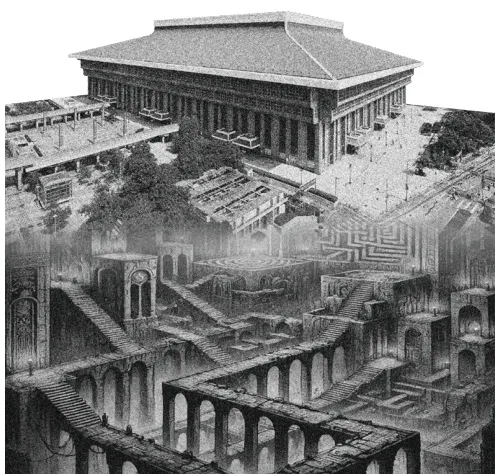 I began observing people’s perceptual states within this maze.
I began observing people’s perceptual states within this maze.
Immersing myself in the flow—overtaking others, following behind, or halting completely—I noticed how signage acts like commands, controlling movement and mechanizing the space, while individual consciousness seems subsumed by the collective presence.
As movement creates differences in speed and blurs the perception of distance, waiting transitions instability into stability, bringing clarity and liberating individual consciousness.
Though waiting occurs constantly in various forms across Taipei Main Station as a shared action, each person experiences this very second in their own unique way.
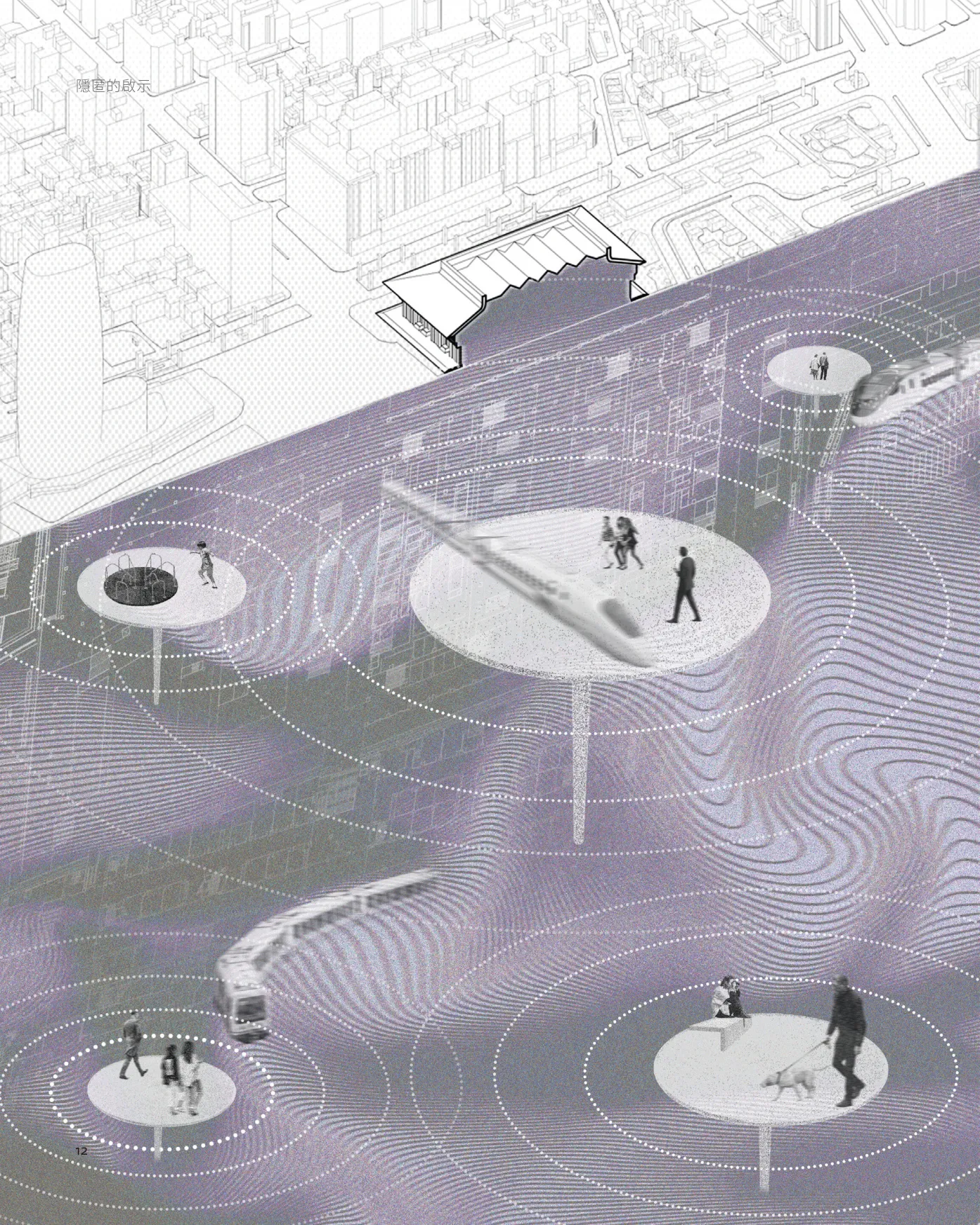 Have we ever considered momentarily liberating ourselves, creating a time that transcends reality?
Have we ever considered momentarily liberating ourselves, creating a time that transcends reality?
MODEL CONCEPT
In the mid-16th century, table clocks first appeared in Germany. With the advancement of the Industrial Revolution, time gradually became an indispensable tool for production, embodying the organization and precise management of labor. Taiwan, though but a fleeting moment in the long river of time, has, in its brief yet intensive development, also established a profound reverence for time. We firmly believe in the power of time, following and relying on it to integrate individuals into the collective, thereby forming a meticulous social order and spatial identity.
However, have we forgotten to explore possibilities beyond this faith? Thus, we aim to envision a liberation of imagination, presenting a “faithless” possibility that emancipates both individuals and the collective.


 The First Timeline /
The First Timeline /
Memories beyond faith become pathways through which our consciousness traverses. When we recall ever y moment we have experienced, they fragment in our minds, recomposing and overlapping into new images. Different hues reinterpret the imagination beyond black and white, and memory, at this moment, transforms into something unlike before.
Perhaps, as Henri Bergson recognized,“Time is invention and nothingelse . “Time without faith is thus created by selfawarenessand memory.






The Second Timeline /
Is imitation of the past a form of amnesia? Perhaps we’ve never truly seen through the layered strata of histor y. As time grows deeper, memory seems to grow more shallow.
Do “before” and “after” represent the past or the present? What shape reveals the true essence? All of this is ultimately defined by individual consciousness. Yet, in the process of transformation, these elements become the textures of architecture, and how we perceive them is a choice of our own.
